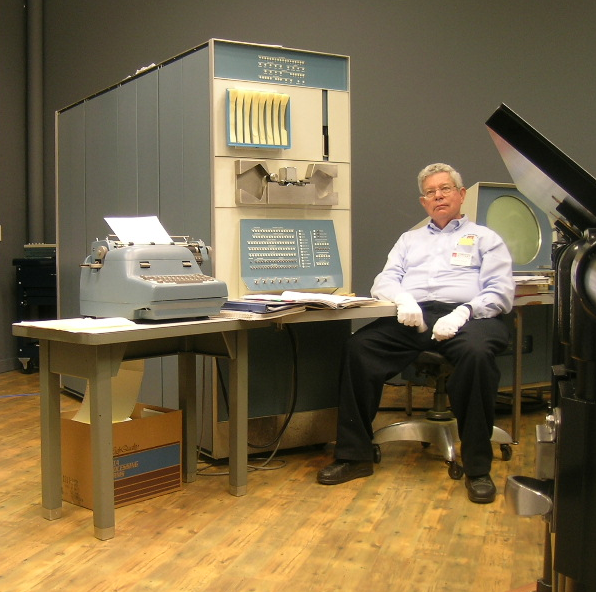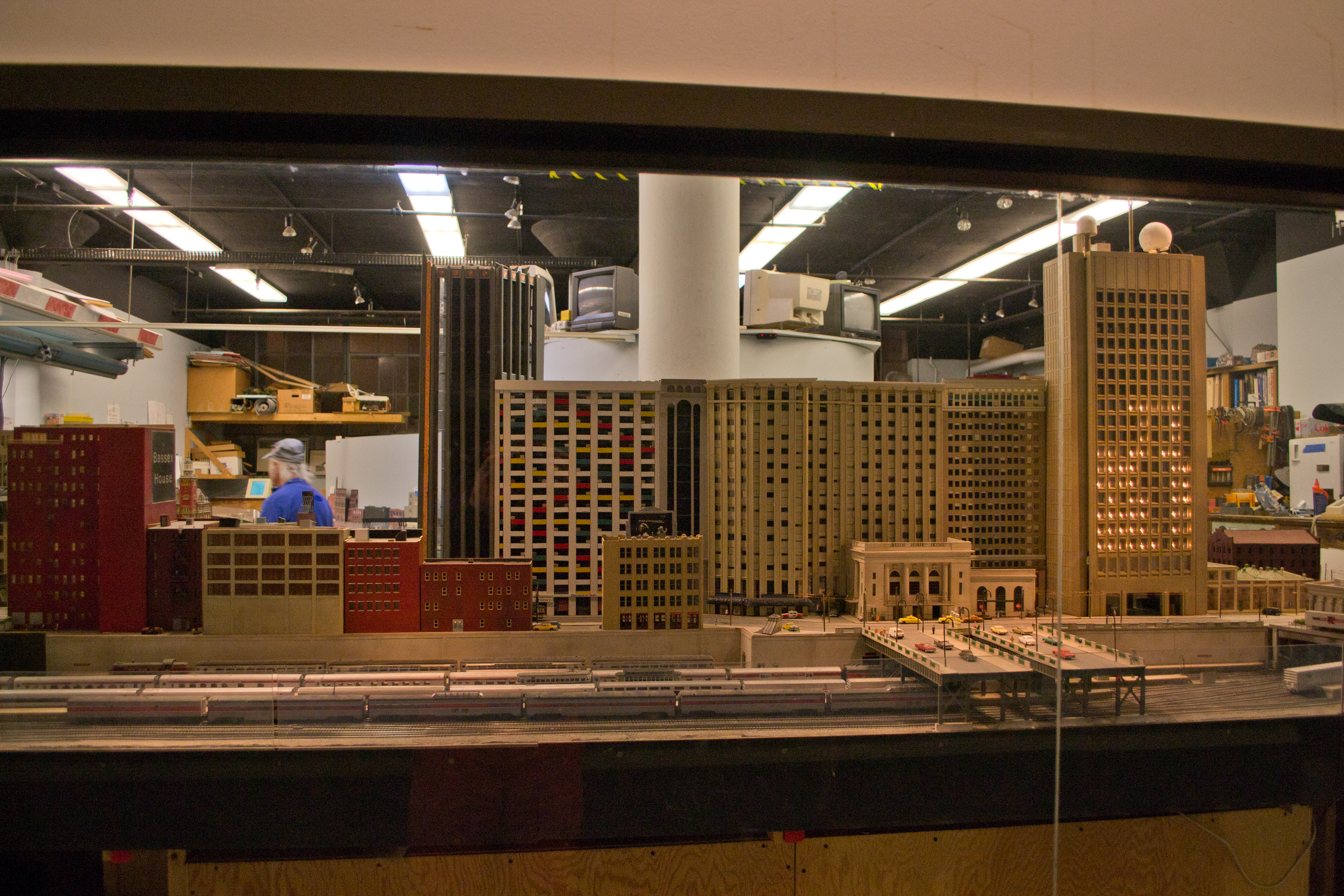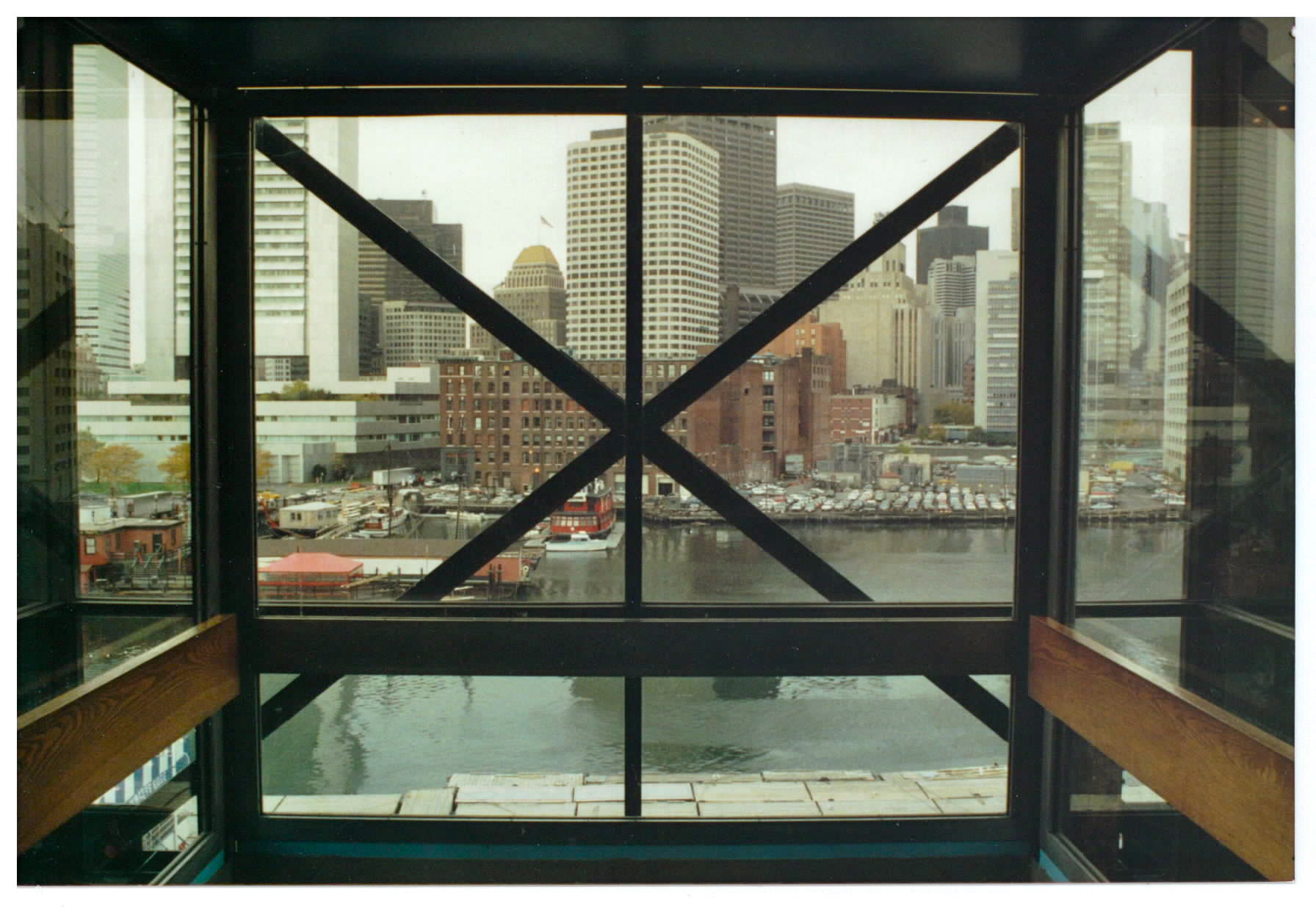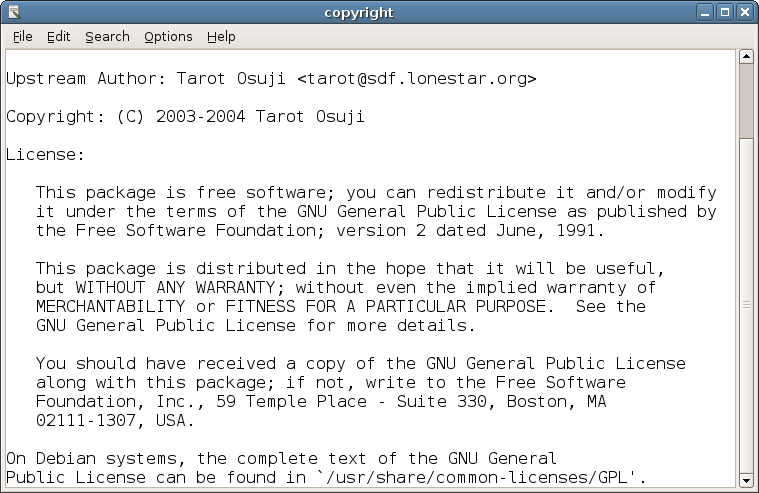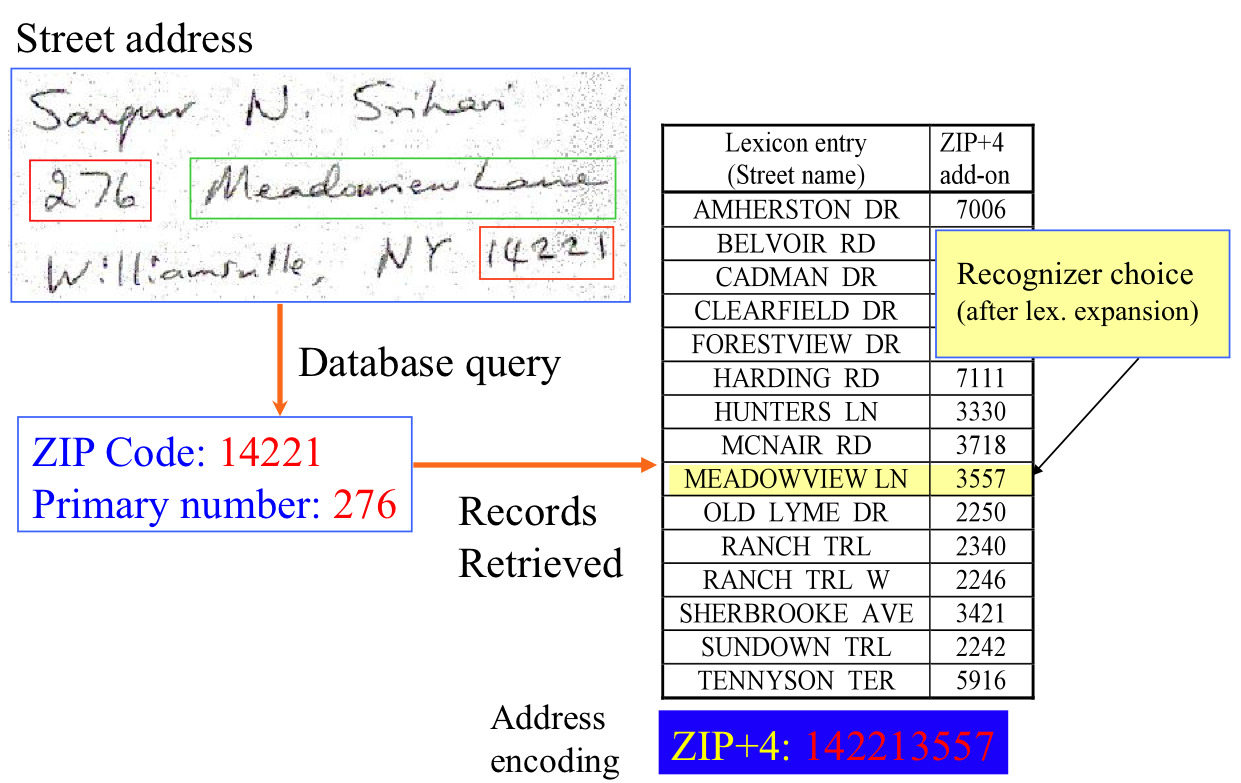|
TX-0
The TX-0, for ''Transistorized Experimental computer zero'', but affectionately referred to as tixo (pronounced "tix oh"), was an early fully transistorized computer and contained a then-huge 64Kilo-, K of 18-bit words of magnetic-core memory. Construction of the TX-0 began in 1955 and ended in 1956. It was used continually through the 1960s at Massachusetts Institute of Technology, MIT. The TX-0 incorporated around 3,600 Philco high-frequency surface-barrier transistors, the first transistor suitable for high-speed computers. The TX-0 and its direct descendant, the original PDP-1, were platforms for pioneering computer research and the development of what would later be called computer "hacker" culture. For MIT, this was the first computer to provide a system console which allowed for direct interaction, as opposed to previous computers, which required the use of punched card as a primary interface for programmers debugging their programs. Members of MIT's Tech Model Railroad Cl ... [...More Info...] [...Related Items...] OR: [Wikipedia] [Google] [Baidu] |
PDP-1
The PDP-1 (Programmed Data Processor-1) is the first computer in Digital Equipment Corporation's PDP series and was first produced in 1959. It is known for being the most important computer in the creation of hacker culture at the Massachusetts Institute of Technology, Bolt, Beranek and Newman, and elsewhere. The PDP-1 is the original hardware for one of the first video games, Steve Russell's 1962 game '' Spacewar!.'' Description The PDP-1 uses an 18-bit word size and has 4096 words as standard main memory (equivalent in bit size to 9,216 eight-bit bytes, but in character size to 12,388 bytes since the system actually divides an 18-bit word into three six-bit characters), upgradable to 65,536 words. The magnetic-core memory's cycle time is 5.35 microseconds (corresponding roughly to a clock speed of 187 kilohertz); consequently most arithmetic instructions take 10.7 microseconds (93,458 operations per second) because they use two memory cycles: the first to fetch the instruc ... [...More Info...] [...Related Items...] OR: [Wikipedia] [Google] [Baidu] |
Digital Equipment Corporation
Digital Equipment Corporation (DEC ), using the trademark Digital, was a major American company in the computer industry from the 1960s to the 1990s. The company was co-founded by Ken Olsen and Harlan Anderson in 1957. Olsen was president until he was forced to resign in 1992, after the company had gone into precipitous decline. The company produced many different product lines over its history. It is best known for the work in the minicomputer market starting in the early 1960s. The company produced a series of machines known as the Programmed Data Processor, PDP line, with the PDP-8 and PDP-11 being among the most successful minis in history. Their success was only surpassed by another DEC product, the late-1970s VAX "supermini" systems that were designed to replace the PDP-11. Although a number of competitors had successfully competed with Digital through the 1970s, the VAX cemented the company's place as a leading vendor in the computer space. As microcomputers improved in t ... [...More Info...] [...Related Items...] OR: [Wikipedia] [Google] [Baidu] |
Surface-barrier Transistor
The surface-barrier transistor is a type of transistor developed by Philco in 1953 as an improvement to the alloy-junction transistor and the earlier point-contact transistor. Like the modern Schottky transistor, it offered much higher speed than earlier transistors and used metal–semiconductor junctions (instead of semiconductor–semiconductor junctions), but unlike the Schottky transistor, both junctions were metal–semiconductor junctions. Production process Philco used a patented process of applying two tiny electrochemical jet streams of liquid indium sulfate (electrolyte solution) on opposite sides of a thin strip of N-type germanium base material. This process would etch away and form circular well depressions on each side of the N-type germanium base material, until the germanium base material was ultra thin and having a thickness of approximately a few ten-thousandths of an inch. After the etching process was finished, the polarity applied to the electrolyte was re ... [...More Info...] [...Related Items...] OR: [Wikipedia] [Google] [Baidu] |
Whirlwind I
Whirlwind I was a Cold War-era vacuum-tube computer developed by the MIT Servomechanisms Laboratory for the U.S. Navy. Operational in 1951, it was among the first digital electronic computers that operated in real-time for output, and the first that was not simply an electronic replacement of older mechanical systems. It was one of the first computers to calculate in bit-parallel (rather than bit-serial), and was the first to use magnetic-core memory. Its development led directly to the Whirlwind II design used as the basis for the United States Air Force SAGE air defense system, and indirectly to almost all business computers and minicomputers in the 1960s, particularly because of the mantra "short word length, speed, people." Background During World War II, the U.S. Navy's Naval Research Lab approached MIT about the possibility of creating a computer to drive a flight simulator for training bomber crews. They envisioned a fairly simple system in which the computer w ... [...More Info...] [...Related Items...] OR: [Wikipedia] [Google] [Baidu] |
TX-2
The MIT Lincoln Laboratory TX-2 computer was the successor to the Lincoln TX-0 and was known for its role in advancing both artificial intelligence and human–computer interaction. Wesley A. Clark was the chief architect of the TX-2. Specifications The TX-2 was a transistor-based computer using the then-huge amount of 64 K 36-bit words of magnetic-core memory. The TX-2 became operational in 1958. Because of its powerful capabilities, Ivan Sutherland's revolutionary Sketchpad program was developed for and ran on the TX-2. One of its key features was the ability to directly interact with the computer through a graphical display. The compiler was developed by Lawrence Roberts while he was studying at the MIT Lincoln Laboratory. Relationship with DEC Digital Equipment Corporation was a spin-off of the TX-0 and TX-2 projects. The TX-2 Tape System was a block addressable 1/2" tape developed for the TX-2 by Tom Stockebrand which evolved into LINCtape and DECtape. Role in c ... [...More Info...] [...Related Items...] OR: [Wikipedia] [Google] [Baidu] |
Tech Model Railroad Club
The Tech Model Railroad Club (TMRC) is a student organization at the Massachusetts Institute of Technology (MIT). Historically, it has been a wellspring of hacker culture and the oldest such hacking group in North America. Formed in 1946, its HO scale layout specializes in the automated operation of model trains. History The first meeting of the Tech Model Railroad Club was organized by John Fitzallen Moore and Walter Marvin in November 1946. Moore and Marvin had membership cards #0 and #1 and served as the first president and vice-president respectively. They then switched roles the following year. Circa 1948, the club obtained official MIT campus space in Room 20E-214, on the third floor of Building 20, a "temporary" World War II-era structure, sometimes called "the Plywood Palace", which had been home to the MIT Radiation Lab during World War II. The club's members, who shared a passion to find out how things worked and then to master them, were among the first hackers. S ... [...More Info...] [...Related Items...] OR: [Wikipedia] [Google] [Baidu] |
Ken Olsen
Kenneth Harry Olsen (February 20, 1926 – February 6, 2011) was an American engineer who co-founded Digital Equipment Corporation (DEC) in 1957 with colleague Harlan Anderson and his brother Stan Olsen. Background Kenneth Harry Olsen was born in Bridgeport, Connecticut and grew up in the neighboring town of Stratford, Connecticut. His father's parents came from Norway and his mother's parents from Sweden. Olsen began his career working summers in a machine shop. Fixing radios in his basement gave him the reputation of a neighborhood inventor. After serving in the United States Navy between 1944 and 1946, Olsen attended the Massachusetts Institute of Technology, where he earned both a BS (1950) and an MS (1952) degree in electrical engineering. Career Pre-DEC During his studies at MIT, the Office of Naval Research of the United States Department of the Navy recruited Olsen to help build a computerized flight simulator. Also while at MIT, he directed the building of the first ... [...More Info...] [...Related Items...] OR: [Wikipedia] [Google] [Baidu] |
The Computer Museum, Boston
The Computer Museum was a Boston, Massachusetts, museum that opened in 1979 and operated in three locations until 1999. It was once referred to as TCM and is sometimes called the Boston Computer Museum. When the museum closed and its space became part of Boston Children's Museum next door in 2000, much of its collection was sent to the Computer History Museum in California. History The Digital Computer History Museum The Digital Equipment Corporation (DEC) Museum Project began in 1975 with a display of circuit and memory hardware in a converted lobby closet of DEC's Main (Mill) Building 12 in Maynard, Massachusetts. In September 1979, with the assistance of Digital Equipment Corporation, Gordon Bell, Gordon and Gwen Bell founded the Digital Computer Museum in a former RCA building in Marlboro, Massachusetts. Though entirely funded by DEC and housed within a corporate facility, from its inception the museum's activities were altruistic, with an industry-wide, international preservat ... [...More Info...] [...Related Items...] OR: [Wikipedia] [Google] [Baidu] |
Lincoln Laboratory
The MIT Lincoln Laboratory, located in Lexington, Massachusetts, is a United States Department of Defense federally funded research and development center chartered to apply advanced technology to problems of national security. Research and development activities focus on long-term technology development as well as rapid system prototyping and demonstration. Its core competencies are in sensors, integrated sensing, signal processing for information extraction, decision-making support, and communications. These efforts are aligned within ten mission areas. The laboratory also maintains several field sites around the world. The laboratory transfers much of its advanced technology to government agencies, industry, and academia, and has launched more than 100 start-ups. History Origins At the urging of the United States Air Force, the Lincoln Laboratory was created in 1951 at the Massachusetts Institute of Technology (MIT) as part of an effort to improve the U.S. air defense syste ... [...More Info...] [...Related Items...] OR: [Wikipedia] [Google] [Baidu] |
Text Editor
A text editor is a type of computer program that edits plain text. An example of such program is "notepad" software (e.g. Windows Notepad). Text editors are provided with operating systems and software development packages, and can be used to change files such as configuration files, documentation files and programming language source code. Plain text and rich text There are important differences between plain text (created and edited by text editors) and rich text (such as that created by word processors or desktop publishing software). Plain text exclusively consists of character representation. Each character is represented by a fixed-length sequence of one, two, or four bytes, or as a variable-length sequence of one to four bytes, in accordance to specific character encoding conventions, such as ASCII, ISO/IEC 2022, ISO/IEC 2022, Shift JIS, UTF-8, or UTF-16. These conventions define many printable characters, but also whitespace character, non-printing characters th ... [...More Info...] [...Related Items...] OR: [Wikipedia] [Google] [Baidu] |
Handwriting Recognition
Handwriting recognition (HWR), also known as handwritten text recognition (HTR), is the ability of a computer to receive and interpret intelligible handwriting, handwritten input from sources such as paper documents, photographs, touch-screens and other devices. The image of the written text may be sensed "off line" from a piece of paper by optical scanning (optical character recognition) or intelligent word recognition. Alternatively, the movements of the pen tip may be sensed "on line", for example by a pen-based computer screen surface, a generally easier task as there are more clues available. A handwriting recognition system handles formatting, performs correct Segment (handwriting), segmentation into characters, and finds the most possible words. Offline recognition Offline handwriting recognition involves the automatic conversion of text in an image into letter codes that are usable within computer and text-processing applications. The data obtained by this form is reg ... [...More Info...] [...Related Items...] OR: [Wikipedia] [Google] [Baidu] |
Speech Recognition
Speech recognition is an interdisciplinary subfield of computer science and computational linguistics that develops methodologies and technologies that enable the recognition and translation of spoken language into text by computers. It is also known as automatic speech recognition (ASR), computer speech recognition or speech-to-text (STT). It incorporates knowledge and research in the computer science, linguistics and computer engineering fields. The reverse process is speech synthesis. Some speech recognition systems require "training" (also called "enrollment") where an individual speaker reads text or isolated vocabulary into the system. The system analyzes the person's specific voice and uses it to fine-tune the recognition of that person's speech, resulting in increased accuracy. Systems that do not use training are called "speaker-independent" systems. Systems that use training are called "speaker dependent". Speech recognition applications include voice user interfaces ... [...More Info...] [...Related Items...] OR: [Wikipedia] [Google] [Baidu] |
